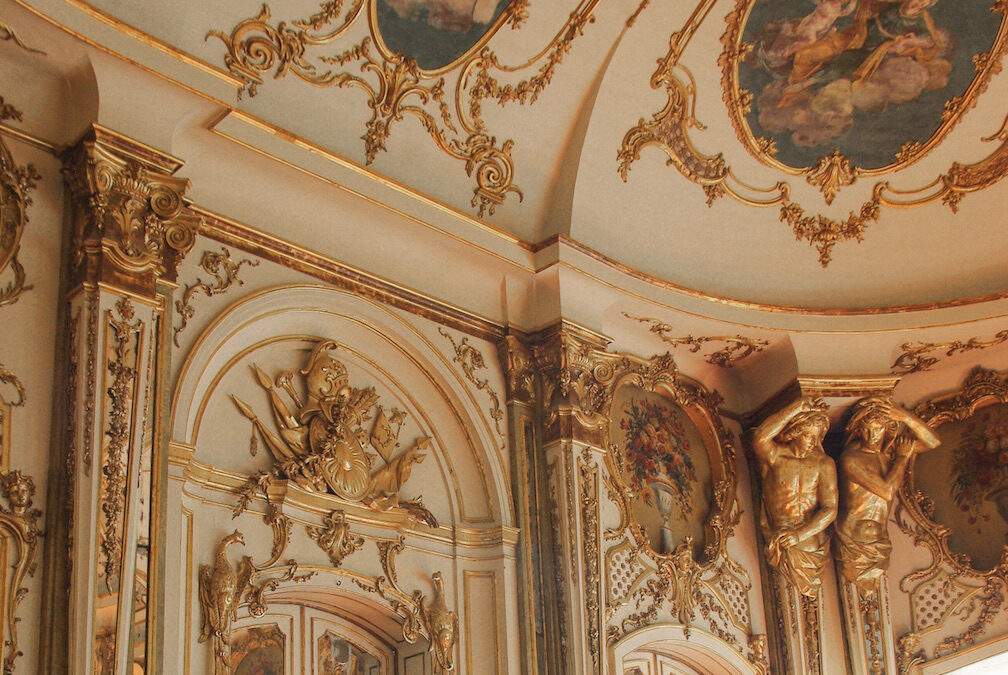By Cara Barilla, Educational Columnist and Journalist
Royal rings have long been associated with nobility, power, and opulence. Throughout history, these magnificent pieces of jewellery have adorned the fingers of kings, queens, and other members of royalty, representing their status and authority. In this article, we will delve into the captivating world of royal rings, exploring their rich history, unique shapes and meanings, customs and traditions, and the significance of gemstones in these regal adornments.
The tradition of royal rings dates back centuries, with origins in ancient civilizations such as Egypt, Rome, and Persia. Royal rings served as symbols of sovereignty, signifying the ruler’s authority and divine right to rule. These rings were often embellished with intricate designs, precious gemstones, and engravings that depicted the royal lineage or important historical events.
Royal rings are often crafted in distinctive shapes that hold symbolic significance. For example, the signet ring, featuring an engraved seal, was used by monarchs to authenticate documents and impart authority. Crown-shaped rings, adorned with miniature crowns, represented royal status and were worn by monarchs and high-ranking members of the nobility. Other popular designs include fleur-de-lis, heraldic emblems, and family crests, all representing the unique heritage and lineage of the royal wearer.
Royal rings are steeped in customs and traditions that vary across different cultures and royal families. These rings often hold ceremonial importance, playing a role in coronations, royal weddings, and other significant events. In some cultures, the passing down of royal rings from one generation to the next symbolizes the continuation of the monarchy and the transfer of power. The presentation of a royal ring during official ceremonies or diplomatic engagements is a symbol of respect and recognition.
Gemstones hold immense significance in royal rings, adding splendour, colour, and deeper meaning. Historically, gemstones were believed to possess mystical properties and were associated with divine favor. Diamonds, with their exceptional brilliance and durability, have long been favoured by royalty, symbolizing strength and eternity. Other gemstones, such as sapphires, rubies, and emeralds, have also adorned royal rings, each carrying its own symbolism and cultural associations.
Sapphires represent loyalty, wisdom, and nobility. They are often associated with royalty, with the British royal family’s engagement ring featuring a stunning blue sapphire.
Rubies symbolize passion, courage, and prosperity. They have adorned the crowns and rings of monarchs, signifying power and vitality.
Emeralds are associated with fertility, rebirth, and abundance. They have graced royal jewels, representing hope and renewal. Modern Royal Rings: In contemporary times, royal rings continue to hold a special place in the world of royalty. They are cherished heirlooms, passed down through generations, or newly crafted to mark significant milestones and events. Modern royal rings often combine traditional design elements with a touch of modernity, reflecting the evolving tastes and styles of the monarchy.
Royal rings are not only magnificent pieces of jewellery but also powerful symbols of heritage, authority, and opulence. These regal adornments carry a rich history, unique shapes and meanings, and are often embellished with precious gemstones that hold cultural and symbolic significance. Through the centuries, royal rings have captivated the imagination, showcasing the splendour and grandeur of royal families around the world. Whether treasured heirlooms or contemporary creations, royal rings continue to be cherished as a testament to the enduring legacy of royalty and the timeless allure of these remarkable treasures.






